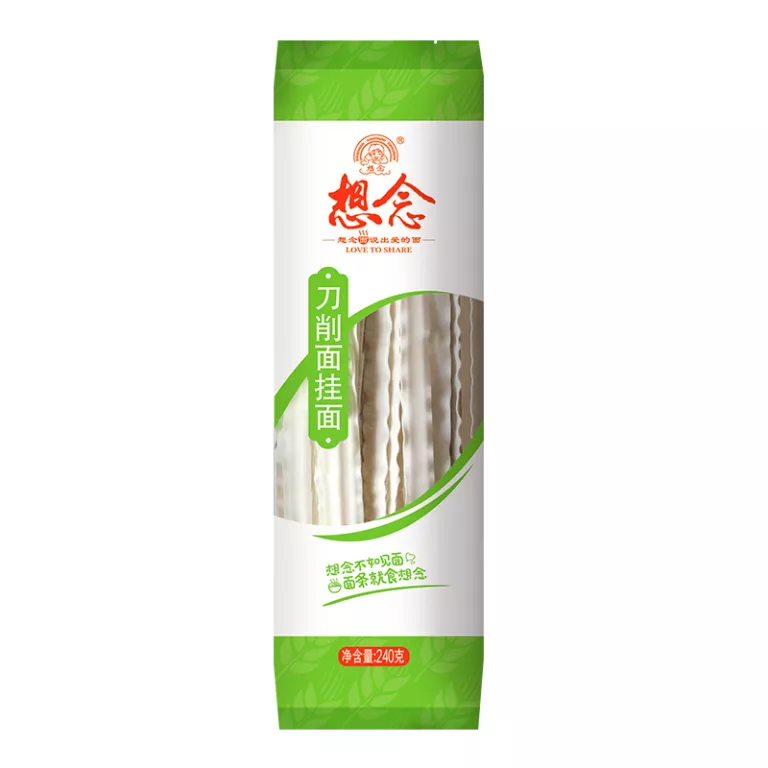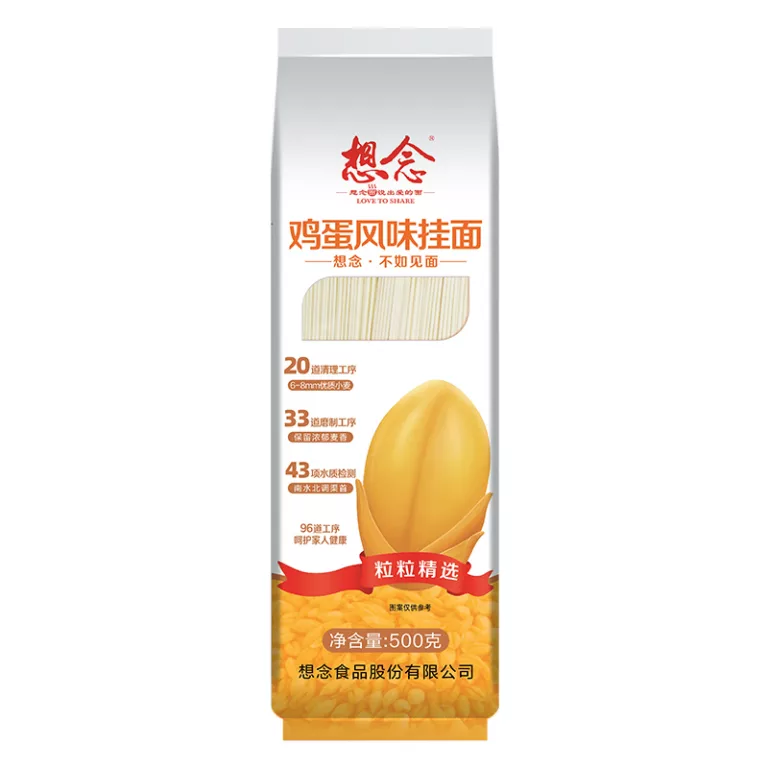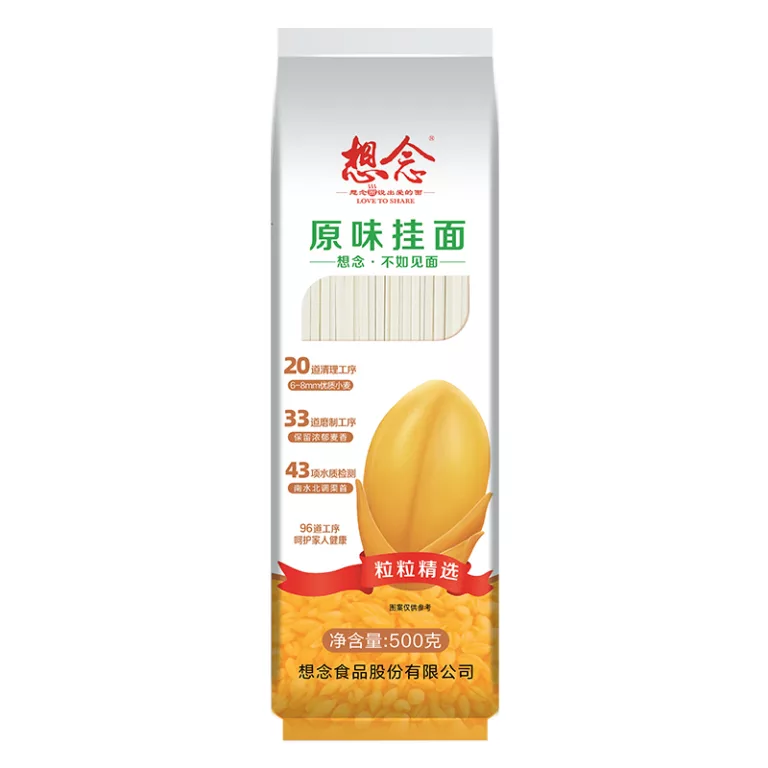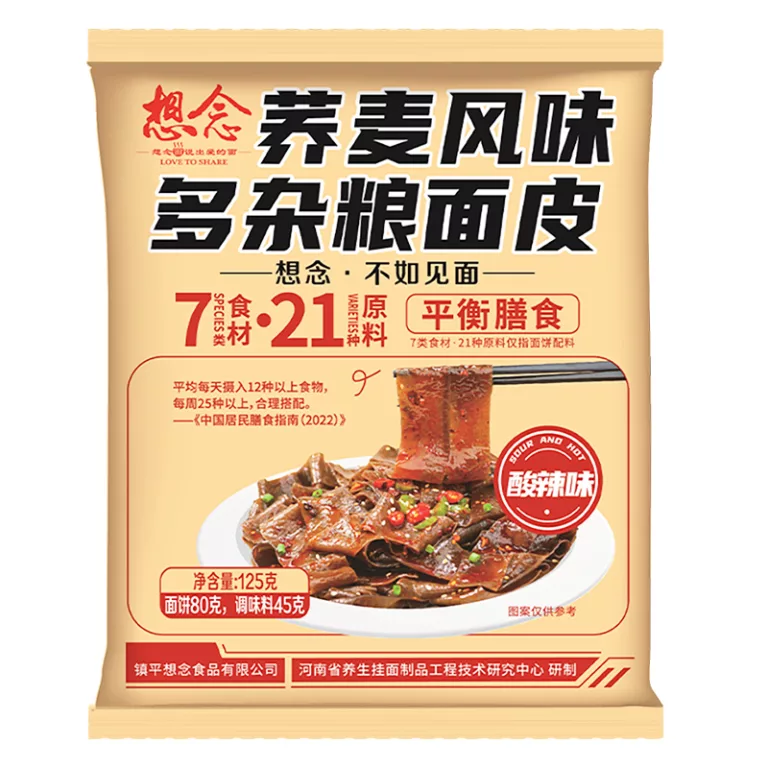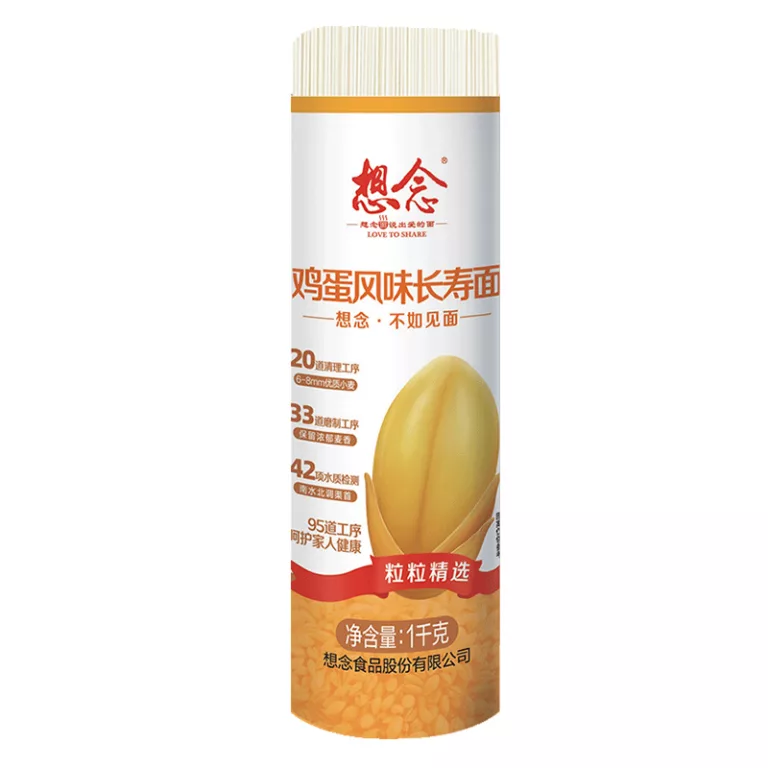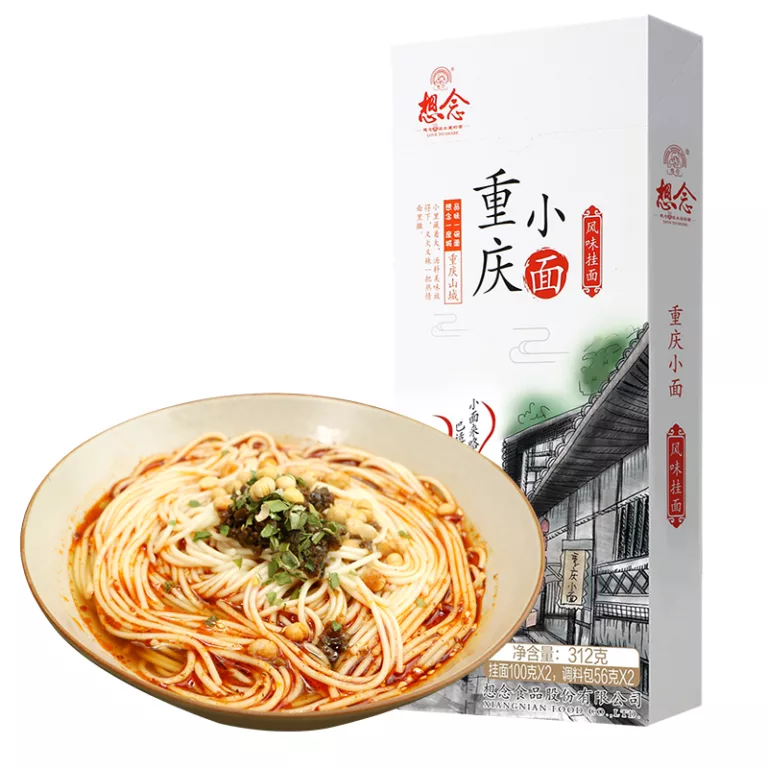What's the difference between Chinese and Japanese ramen?
-
zeyuan li
- February 2, 2023
Ramen is becoming more and more popular in the U.S., and one of the most popular styles is Chinese and Japanese ramen. While both types of ramen may look and taste similar, there are differences between them. In this blog post, we’ll discuss the differences between Chinese and Japanese ramen and provide some tips on how to choose the best one for your dining needs.
Table of Contents
What is Ramen?
First off, let’s define what exactly ramen is. Ramen is a Japanese dish made with wheat-based noodles cooked in a broth, typically served with various toppings like sliced pork, diced scallions, and egg. While ramen originated in Japan, it has since become a popular dish around the world.
Chinese vs. Japanese Ramen
Now let’s get into the basics of the differences between Chinese and Japanese ramen. Slight variations depend on the recipe and the region, but there are general differences between the two that make them distinct.
Ingredients
When it comes to the ingredients used in Chinese and Japanese ramen, there are some subtle differences. Chinese ramen often contains pork, beef, or chicken broth and is usually topped off with soy sauce, chili oil, garlic, green onions, and Shaoxing rice wine. Chinese-style ramen often uses thicker noodles than the Japanese-style ramen, and the broth is usually quite salty.
Japanese ramen, however, often uses chicken, fish, or beef broth, and the ingredients that are used to flavor the broth are sake, mirin, soy sauce, and salt. Japanese ramen also typically uses thinner noodles than the Chinese-style ramen, although the type of noodles used can vary depending on the region. The broth of Japanese ramen is usually less salty than Chinese ramen.
Taste
The taste of Chinese and Japanese ramen can generally be described as “salty” or “umami”. However, the individual tastes of each can vary depending on the region and the specific recipe used. The taste of Chinese ramen is generally saltier than Japanese ramen, and it can also contain a slightly spicy flavor due to the addition of chili oil. Japanese ramen is usually milder in flavor and contains more subtle, sweet undertones from ingredients such as mirin and sake.
Texture
The texture of Chinese and Japanese ramen can also vary. Chinese ramen often has a chewier texture than Japanese ramen, due to the thicker noodles. Japanese ramen typically has a softer, more delicate texture, with the thinner noodles.
How to Choose the Best Ramen?
Now that we’ve discussed the differences between Chinese and Japanese ramen, let’s talk about how to choose the best type of ramen for you. Ultimately, the choice between Chinese and Japanese ramen comes down to personal preference. Consider the type of broth, noodles, and flavoring you prefer and then choose the style that best suits your tastes.
If you’re looking for a hearty, flavorful ramen with a slightly spicy kick, then Chinese style ramen is the way to go. For a milder, sweeter flavor with a light, delicate texture, then Japanese ramen is the better choice.
Conclusion
As you can see, there are some subtle differences between Chinese and Japanese ramen that may influence your decision when choosing which one is best for you. Consider the type of broth, noodles, and flavoring you like and then choose the style that matches your tastes. Whether you go for Chinese, Japanese, or a combination of both, you’re sure to find a great ramen dish that you’ll enjoy.

